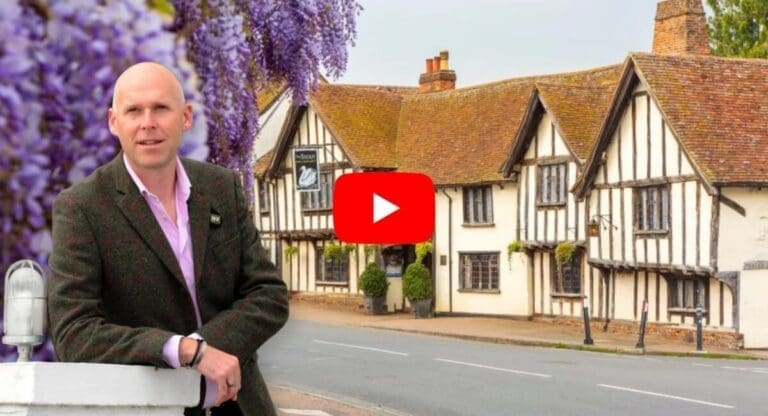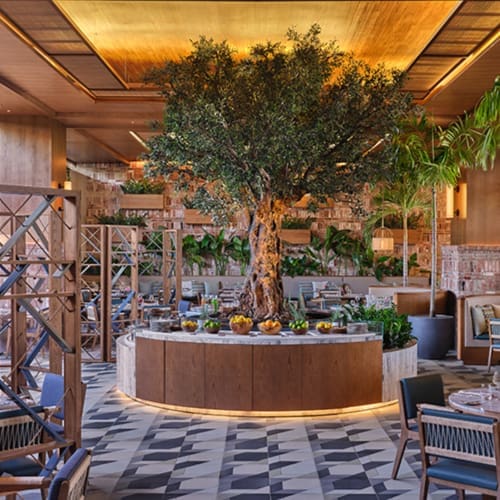Fairmont Hotels & Resorts today released key findings from its Luxury Insights Report: Stewardship of Iconic and Historic Buildings, part of a new series of research-led, data-driven reports focused on current trends in luxury travel. This inaugural volume reveals the vital importance of emotional fulfillment, place identity (the psychological connection to a destination) and cultural immersion in the decision-making process of luxury travellers worldwide. Fairmont’s first Luxury Insights Report explores the role of architecture, property development, and thoughtful preservation and restoration as emotional drivers that influence purchase decision.
“Luxury guests are not only looking for warm and engaging service when travelling to world-class destinations, they are also following their hearts,” said Jane Mackie, vice president, Fairmont Brand. “The emotional connection guests feel to each of our hotels is unique – whether it’s finally crossing off a bucket list trip, exploring a new destination, or celebrating a milestone event. This industry-leading research demonstrates that the choice of a Fairmont hotel, be it historic or newly developed, often provides the sense of place and personal connection luxury travellers crave.”
Fairmont’s Luxury Insights Report, which incorporates research and insights from multiple sources, including a brand-first ethnographic study conducted by Weinman Schnee Morais Inc. and data from market research firm YouGov, shows that guests choose a historic destination to make an emotional connection. In fact, many feel that historic hotels offer unique and ownable emotional benefits due to their ability to evoke “place identity”.
Additional report highlights include:
- Place Identity: the psychological merging with the past; hotels with rich histories enable guests to feel like they are part of something meaningful, important and enduring.
- Experience over Commodity: aligning social status with the consumption of experiences rather than material goods – luxury redefined; transforming “luxurious” travel from simply being pampered to creating unforgettable memories.
- Cultural Immersion: a new type of cache amongst travellers; “I stayed at the Fairmont” is a clear demonstration of immersing oneself in culture, experience and history.
- History Lovers repeatedly choose Fairmont: in 2015, 38,000 “history lovers” stayed at more than one of Fairmont’s historic properties.
With more than 70 hotels in key markets globally and even more in development, Fairmont Hotels & Resorts has a distinctive collection of unrivaled heritage properties in its luxury portfolio. With a global commitment to the careful restoration and preservation of historic buildings, along with the integration of the latest guest amenities and advanced technologies, Fairmont is uniquely positioned within the luxury travel industry. This value pillar was the impetus for the research study, which was designed to investigate key motivators for travelers today, and how these drivers relate back to iconic and historic properties.
“Our Luxury Insights Report reveals a decisive link between travellers and their emotional connection to historic and iconic hotels and the destinations in which they reside,” added Mackie. “As a globally recognized leader in the stewardship of these landmarks, as well as the luxury operator of many new hotels that have already established themselves as the icons of tomorrow, it is our mandate to not only understand the experiences our guests desire, but to preserve and develop the properties that act as a catalyst for so many unforgettable moments.”
Fairmont has made it a focus to restore many of its grand buildings worldwide, and in partnership with its committed hotel owners, the luxury brand has managed to help renovate or restore more than 80% of its North American portfolio over the last few years. Notable projects range from a multi-million dollar makeover of the Claremont Club & Spa in Berkeley, CA to a top-to-bottom restoration of Quebec City’s castle-like Fairmont Le Château Frontenac.
In addition to the preservation of these influential historic properties, Fairmont is extending its commitment to being the leading operator of iconic properties worldwide with more than 40 new developments underway in key gateway cities and sought after resort locales across Europe, North America, the Middle East and China.
“As we search for new ways to bring our brands to life, we continue to develop deeper insights around the importance of our guest expectations and experiences,” said Alexandra Blum, vice president, public relations and partnerships. “The Luxury Insights Report findings are a tangible way to demonstrate this knowledge and help to guide our overall product, positioning and communications narrative.”
About the Luxury Insights Report
Luxury Insights Report: Stewardship of Iconic and Historic Buildings (Volume 1, Fairmont Hotels & Resorts) offers an in-depth perspective on the role that property development and restoration of iconic and historic buildings plays in the lives of Fairmont guests and in the communities in which they reside. The report provides an analysis of the global luxury travel landscape and the significance of historic and iconic travel destinations by understanding the needs of today’s traveller and the mindset of the Fairmont guest. The Fairmont report is the inaugural volume in a series of data-driven reports intended to populate a robust research library for the Fairmont and Raffles brands. The full report can be downloaded here.
Luxury Insights Report Methodology
The Luxury Insights Report: Stewardship of Iconic and Historic Buildings (Volume 1, Fairmont Hotels & Resorts) was developed leveraging external research on current travel trends and extensive feedback from Fairmont guests worldwide. Guest feedback was generated using a combination of insights gathered from 6,559 Fairmont guests in 2015 and 12,736 Fairmont guests in 2014, as well as an in-depth, ethnographic research study comprised of ten guests in 2015. The larger group consisted of guests who have been patrons at Fairmont properties, including Fairmont Le Château Frontenac, Fairmont Peace Hotel, Fairmont Baku, The Savoy and The Plaza. Guests who participated in the ethnographic research study are those that are frequent guests of multiple Fairmont properties. This research formed three key themes that highlighted both Fairmont’s legacy of stewardship and the appeal of vacationing in a historic destination/property. Six (6) Mobile Ethnographies (respondents’ onsite and communicating via telephone) allowed respondents to be “in the moment” and connect with their deepest feelings from within the Fairmont Palliser, Fairmont Le Château Frontenac, Fairmont Royal York, Fairmont Hotel Vancouver and The Plaza. Two (2) off-site telephone interviews were also conducted, while two (2) in-person micro-ethnographies took place at The Plaza.



















